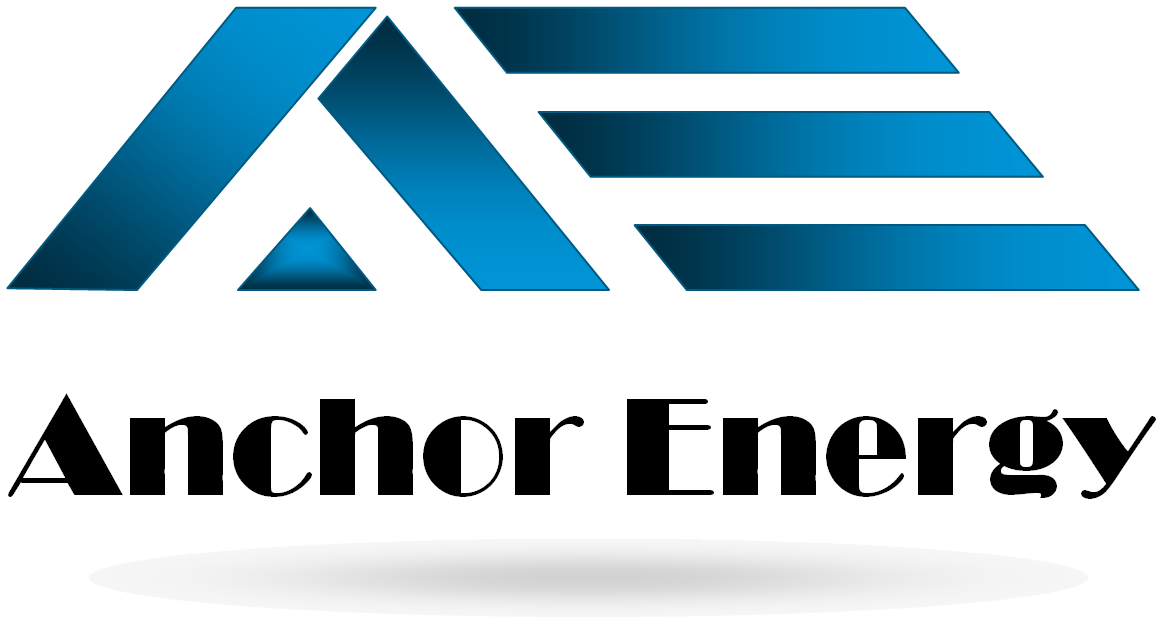Address
304 North Cardinal St.
Dorchester Center, MA 02124
Work Hours
Monday to Friday: 7AM - 7PM
Weekend: 10AM - 5PM
A power transmission network is referred to as a "grid". Multiple redundant lines between points on the network are provided so that power can be routed from any power plant to any load centre, through a variety of routes, based on the economics of the transmission path and the cost of power. A transmission substation connects two or more transmission lines. The simplest case is where all transmission lines have the same voltage. In such cases, the substation contains high-voltage switches that allow lines to be connected or isolated for fault clearance or maintenance. Transformers are used to either step up the voltage for transmission (where the power is generated) or step down the voltage for distribution into a municipal supply or to individual users (where the power is used).
A black start is the process of restoring an electric grid without relying on an external electric power transmission network to recover from a total or partial blackout. In the absence of grid power, a black start is needed to provide the initial power needed for the progressive start-up of the different generation sources. South Africa has particular challenges in dealing with such a network trip.
The Liquefied Natural Gas (LNG) will be transported in purpose-built cryogenic (very low temperature) containers that retain the natural gas in liquid form. For the gas to be useable as a fuel, it must be heated (regasified) to return it to a gaseous form. This method of transport allows countries to trade natural gas over long distances, making it a crucial part of the global energy market.
